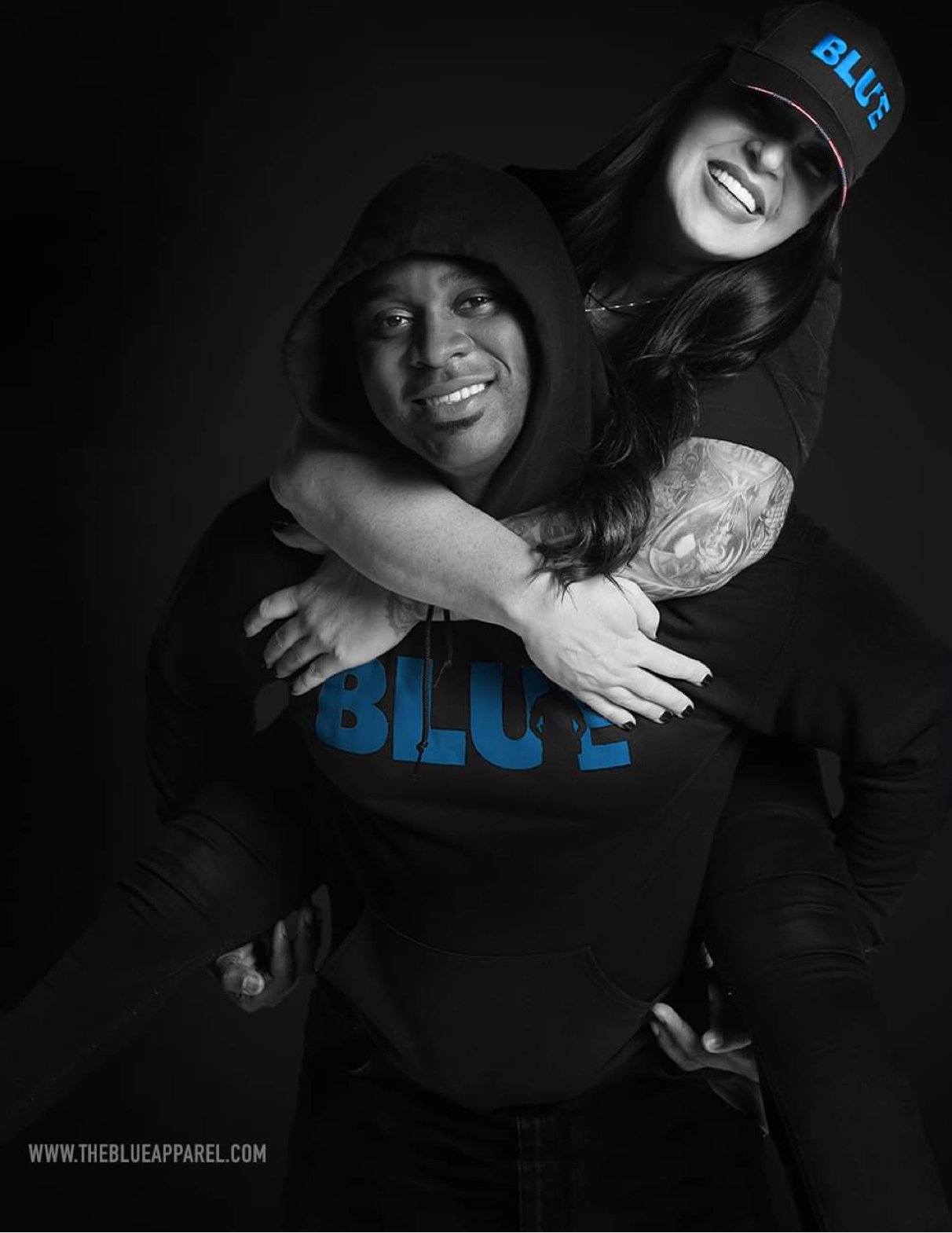Five Life Lessons COVID19 has Taught Me
/
Five Life Lessons COVID19 has Taught Me
By Ted Tank
These past few months have been the most unusual, sometimes depressing times I have been through. As someone in his upper 40’s, that says a lot.
As this pandemic started to unfold back in February, I was a naysayer. I was in denial before I finally said to myself, this virus shit is real. That’s when I started paying closer attention and I started noticing things going on in and around me.
In mid-March I started to develop cold like symptoms; headache, cough, sluggishness. None of the symptoms associated to COVID19 so I couldn’t get tested. I was diagnosed with an upper respiratory infection, also known as a common cold. I stayed home a few days and was subsequently cleared by my department to return to work.
Between the moment I felt those symptoms and the weeks that followed, I learned some very important lessons that I feel will be relevant to me forever:
1) I have a renewed appreciation for God. The first day of my symptoms worried me so I immediately quarantined myself to the basement to help protect my family. I assumed the symptoms were COVID related. Working in a prison, I figured there was no way I was going to avoid contracting the virus, regardless of how many times I practically boiled my hands clean. I then let the fear the media instills in people consume me. Am I going to die? Am I going to end up in the hospital on a respirator sleeping towards death? Did I hug my wife and children for the last time already? I then turned to God and prayed I would get through it. I promised I would be a better Catholic if He spared me. I plan on keeping that promise.
2) I learned who I’d go to war with and who I wouldn’t. Once I was cleared to return to work, the virus was just starting to take its toll on us. Nearly half of every shift was forced into quarantine. The other half had to work 16- hour shifts, some for 10 straight days. Fatigue, stress and anxiety started to set in and morale was at- by far- the lowest I have seen in my 20-years with the department. During the peak of the struggle I noticed that two types of officers and supervisors emerged. The first type stepped up everywhere they went because they wanted to help their blue family get through this. They volunteered for difficult assignments, offered help everywhere they went, and kept everyone’s spirits up and they earned my ultimate respect. The other type exposed was questionable at best. They stayed home often, abused the generous leave policy in effect and let everyone down. I’m sure it won’t be soon forgotten by their peers.
3) People are much more resilient than we realize. As the long days and stressful times progressed, officer’s limits were challenged greater than ever before. The human body is far more capable of tolerating stress than I realized. For well over a week, I was averaging 3 to 4 hours of poor-quality sleep per night. But each day I got up and did it again. I felt tired but my body forced me to stay focused. I’ve never been tested like that and I’m still surprised I got through it - I guess I had no other option. I wasn’t alone, many of my co-workers struggled similarly, but we all got through it because we are very resilient.
4) Creativity rules a new battlefield. During the ‘thick of things’, memos, directives and policies were changing hourly. It was tough to keep up. One thing I learned was to adapt and shift my priorities to what’s important - enforcing the law and not getting sick. When you’re on the battlefield and everything is changing around you constantly, you must get creative. As a law enforcement supervisor, I had to get creative everywhere I went. Each day turned into let’s just get through today. Once it was all said and done and things began to ease up a little, I realized that creativity is the key to managing an ever-changing battlefield. For all intents and purposes, dealing with COVID19 was a battle and we were all at war.
5) I never thought I would enjoy cleaning. I now look at doorknobs, handles, phones, anything frequently touched with greater suspicion. I squint my eyes, turn my head as ask myself what diabolical germs and viruses are you hoarding right now you bastard? I find added joy in taking precious disinfectant wipes and cleaning all those surfaces.
I never thought battling the invisible would bring any joy, but now it does.



























































